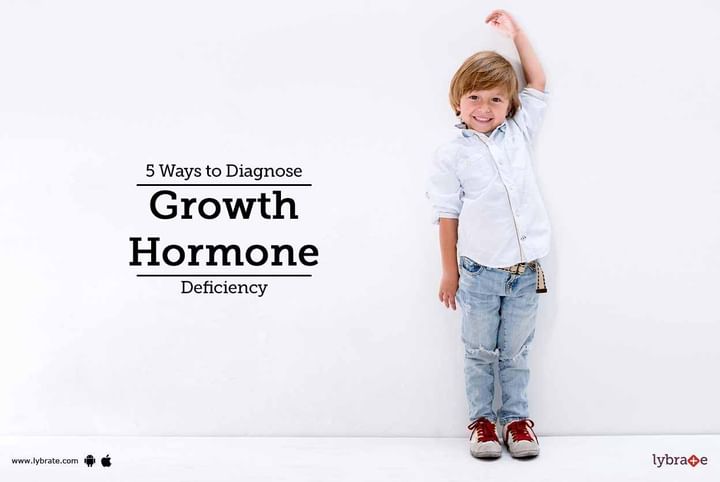5 Ways to Diagnose Growth Hormone Deficiency
The body produces a number of chemicals called hormones which are essential for the regulation of various functions including growth and metabolism. These hormones are produced by endocrine glands which are located in various parts of the body. One such important gland is the pituitary gland which produces the important growth hormone. This is essential for regulating optimal growth during the growing years and for maintaining proper amounts of body fat, muscles, and bones in the later years of life.
Causes: Deficiency of the growth hormones can occur due to a number of causes, some of which are listed below. It can be congenital (present at birth) or acquired later in life.
The congenital issue could be due to problem in the pituitary gland structure, leading to complete absence or reduced secretion of the hormone.
With age, there is a decrease in the amount of secretion. However, infections, injuries, brain tumors, surgery and radiation can also lead to altered amounts of secretion.
Symptoms: While growth hormone deficiency can occur at any age, symptoms differ depending on the age when the deficiency sets in.
In the early ages:
- Lower rate of growth for a given age
- Delayed developmental milestones
- Delayed onset of puberty
- Short stature/reduced height
- Younger looking compared to other children their age
- Fat deposition around the waist
- Delayed dental development
When the deficiency sets in during the later years, there is
- Low energy levels, constant tiredness
- Decreased strength
- Decreased exercise tolerance
- Decreased overall muscle mass
- Thin and dry skin
- Increased fat deposition and weight gain around the waist
- Changes in social behavior including alternate cycles of anxiety and depression
- Lack of motivation
- History of pituitary tumors
- High levels of fat and cholesterol
The diagnosis depends on the age of the person
- Blood tests are carried out to check the hormone levels in circulation
- In children, in addition to the hormone levels, x-rays to see the status of growth plates is very helpful.
- An insulin hypoglycemia test where insulin is given intravenously to see the levels of the growth hormone after 30 minutes.
- Total cholesterol levels, low-density lipoprotein (LDL) cholesterol, apolipoprotein B, and triglyceride levels can be used to supplement the above tests.
- CT scan and/or MRI of the brain may be needed if tumors are suspected.
Treatment: Once diagnosed, replacement therapy is given as shots a few times a week under the skin. This restores normal growth and helps in controlling the symptoms in adults too.
In cases of tumor, radiation or surgery may be required, but most cases are managed with hormone replacement.
Watch out for the symptoms if your child has delayed developmental milestones and early intervention can help restore growth and function to normal levels.
In case you have a concern or query you can always consult an expert & get answers to your questions!



+1.svg)
